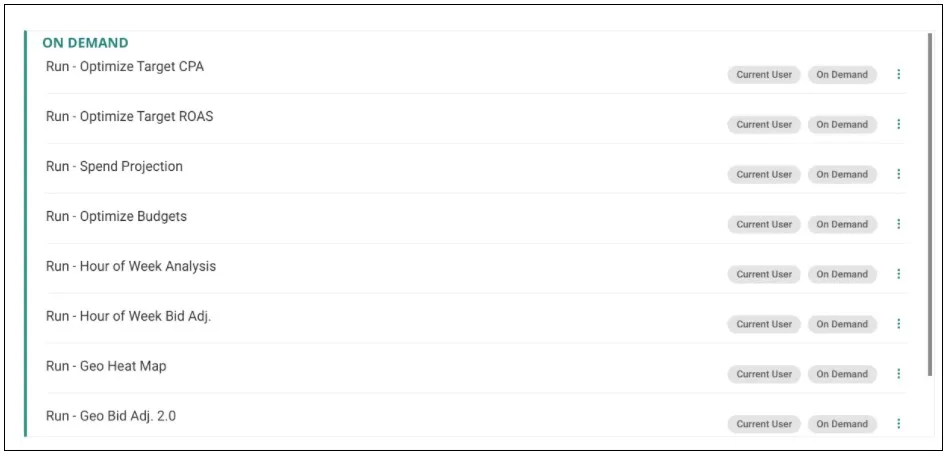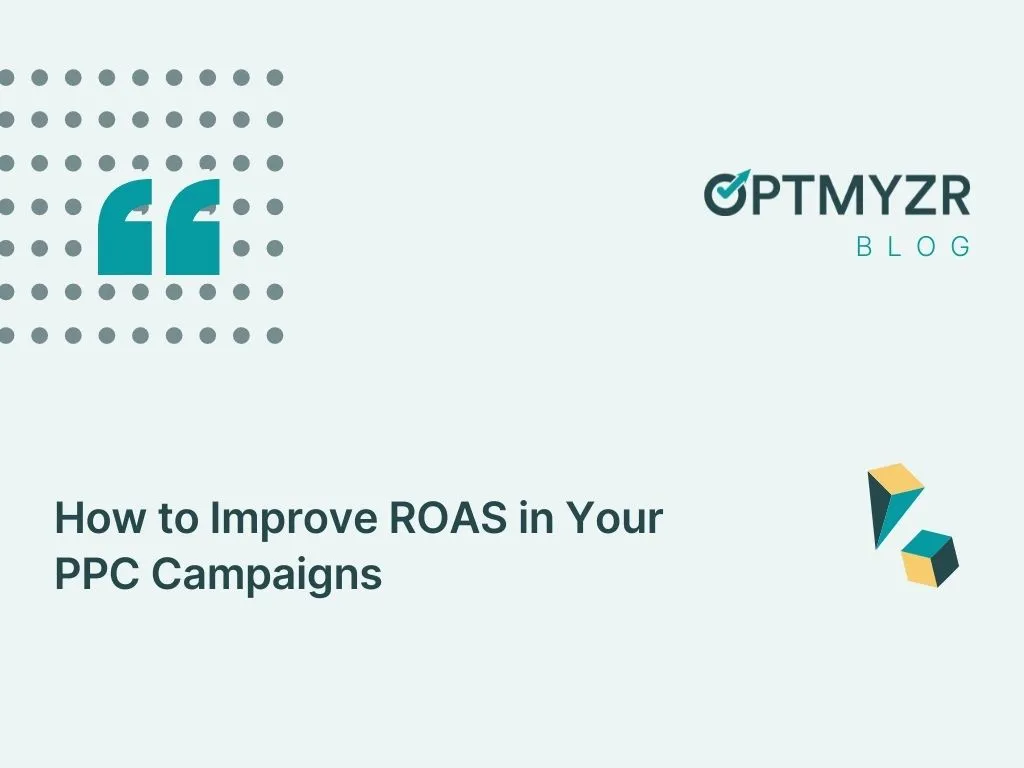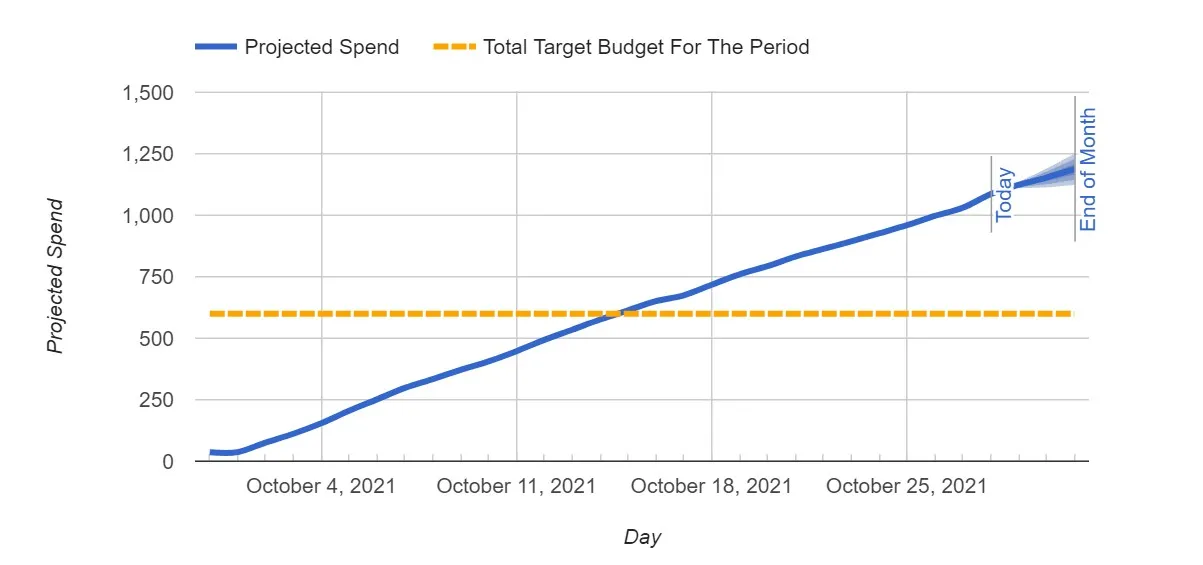Display campaigns in pay-per-click advertising are some of the most eye-catching ads you can run (when they’re done right). The Google Display Network (GDN) is a series of placements across Google properties and the web that helps you promote your business by showing creatives as people browse, watch YouTube videos, check their Gmail, or use their mobile devices and apps.
Google Display Network is designed to help you find the right audience, with targeting options that let you show your message to potential customers in the right place and at the right time. Use audience targeting or remarketing audience lists to find new prospects, or work with automated targeting.
Some of the ad subtypes you can run on Google Display Network include:
- Responsive Display Ads: A combination of ad text, images, and logos. Google uses a machine learning model to determine the optimal combination of assets for each ad slot based on predictions built from your performance history.
- Uploaded Image Ads: You can upload ads as images in different sizes or HTML5, for more control.
- Engagement Ads: Run engaging image and video ads on YouTube and across the Display Network.
- Gmail Ads: Show expandable ads on the top tabs of people’s inboxes.
Types of Display Campaigns
Display campaigns are a great way to expand the reach of your Search ads to other parts of the web. They also allow you to follow up with remarketing ads to new and existing customers.
- Standard Display: You get full control over targeting the right audience, bids and budgets for your display campaigns, and ad creation. However, the time investment for setup and monitoring is significantly higher.
- Smart Display: You don’t have to set up targeting for Smart Display campaigns, which automatically optimize your targeting, based on the campaign goal. Automated targeting uses website visitors, landing page insights, and your search campaigns’ best performing keywords to automatically target customers across the web.
Targeting for Standard Display Campaigns
Google Display Network’s targeting helps show ads to your preferred audience types – people who you think will be interested in your business or products. You can set targeting for your ad groups to show your ads to a certain type of people e.g. US residents aged 21-30 or female residents of the European Union (read more).
Different ways of targeting include:
- Audience Targeting is for when you want your ads to be seen by a particular audience. This can be achieved using remarketing or customer match lists, affinity audience, or demographic targeting.
- Contextual targeting is for when you wish to target a certain type of content. You can target keywords or topics in your ad groups.
To increase the impact of a particular targeting setting, bid higher on them. For example, if you’d like to make sure that your ads are shown to females of age 25-34 more, you can bid higher on this targeting option.
About Optimized Targeting
Optimized Targeting helps your campaign explore customers who have the highest likelihood to convert based on your campaign goal – sales, leads, brand awareness, etc. If you set up targeting for your ad groups, these targets are used by Google to find similar criteria to serve your ads on.
Read more about how optimized targeting is different from audience expansion.
How to Create Successful Display Campaigns
1. Set the right goal. Your goal will help you determine what topic or which audience you should target. Display campaigns can help you:
- Promote your brand
- Generate product awareness
- Increase sales
- Get more leads
2. Target the right audience (Standard Display). Connecting to customers at the right place and right time boosts visibility and the likelihood of getting conversions. Show relevant ads to customers by setting up contextual targets or using placements. Control the appearance of your ads by optimizing for demographics, locations, and schedules.
3. Use both Responsive Display Ads and Image Ads. These get the best results, rather than Image Ads alone. Best practice recommends that advertisers follow these guidelines while creating:
4. Set bids and budgets. Display campaigns can be set to run on manual bid adjustments or Smart Bidding strategies, depending on their goal. If you want to focus on impressions, consider Viewable CPM bidding. To get more clicks, consider Manual CPC or Maximize Clicks bidding. Aiming for conversions? Run your campaigns with Target CPA or Target ROAS. Display campaigns support custom bids for a particular target in each ad group.
5. Adjust bids for targets (Standard Display). You can set bid adjustments when your campaigns are running the Manual/Enhanced CPC or Viewable CPM bidding strategies. Bid adjustments can be set at the campaign level (for devices, times, days, and locations) and can also be used to bid more competitively for specific targeting methods (keywords, audiences, demographics, topics, or placements) in your ad groups.
13 Tips & A Checklist for Better Display Campaigns with Optmyzr
1. Create Responsive Display Ads for Smart and standard display campaigns. You can create Display campaigns with responsive display ads in Google Ads account using Campaign Automator - a stand-alone tool by Optmyzr. Campaign Automator helps you to dynamically create, edit or pause ads based on your input source file. Check out this video about Campaign Automator.
2. Tweak campaign-level targets for Smart and standard display campaigns. Rule Engine can help you increase, decrease or set targets at the campaign level, based on the performance of your campaigns. If your campaigns are running on Portfolio strategies then Rule Engine will not make any change to the campaign level tCPA or tROAS.
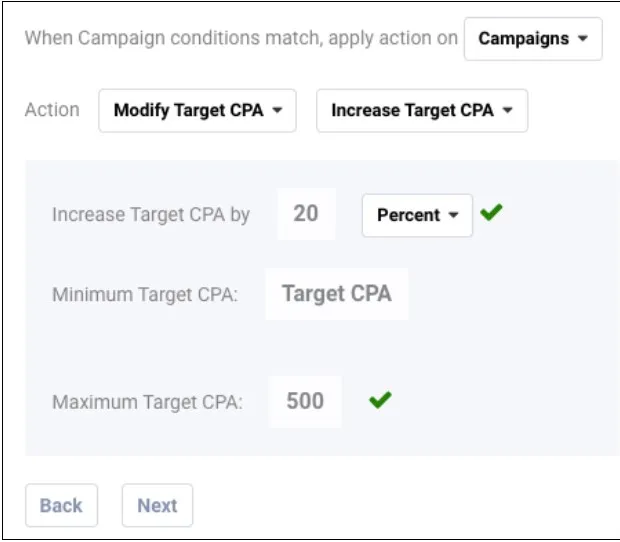
3. Tweak ad group-level targets for Smart and standard display campaigns. You can set up Rule Engine strategies and automate them to run on fixed intervals and make changes to the ad group targets based on the performance. If the campaign is running on Target CPA or Target ROAS Portfolio strategy, you can still tweak the ad group targets using Rule Engine.
4. Modify CPC and CPM bids at the ad group level for standard display campaigns. You can create Rule Engine strategies to make changes to the ad group level bids based on the performance data.
5. Optimize your budgets. You can analyze how much the budgets linked to your display campaigns are going to spend by the end of a selected time period, using Spend Projection. At the same time, you can use Optimize Budgets to reallocate budgets across campaigns in order to meet the target budget. You can also set up a Flexible Budget script to make sure your display campaigns do not overspend, and at the same time use Reach Target Monthly Spend script to ensure you reach the target budget.
6. Update dayparts and apply bid adjustments for standard display campaigns. You can use Hour of Week Analysis to analyze the performance of display campaigns for a given time period and find out which day of the week and hour of the day gets you the most conversions or highest traffic. You can then use this information to make bid adjustments and edit dayparts using Hour of Week Bid Adjustments
7. Exclude locations and apply bid adjustments for standard display campaigns. Geo HeatMap offers a quick visualization of how much traffic do different cities, regions, countries drive for your campaigns. You can also choose to apply bid adjustments based on the bid modifier recommendations on Geo Bid Adjustments tool. You can also use Rule Engine to apply bid adjustments or exclude locations from the campaign.
8. Adjust bids by audience and device for standard display campaigns. Audience bid adjustments can be applied to both targeted and observed audiences, using the bid modifier recommendations from the Audience Bid adjustment. And, device bid modifications can be applied using Device bid adjustment tool. You can also use Rule Engine to create a strategy and apply changes. In order to exclude a device, you can apply a bid adjustment of -100% using Rule Engine. These bid adjustments also apply only to standard display campaigns.
9. Apply bid adjustment to age range and gender for standard display campaigns. You can create your strategy using Rule Engine to apply bid adjustments for gender and age range at the ad group level. We do not support the exclusion of demographics in the tool.
10. Manage placements for Smart and standard display campaigns. Display Placement Exclusion is a simple and quick way to identify your non-performing placements and exclude them from standard display campaigns. We also have optimizations to help you exclude placements at the account level – essentially the only way you can manage placements for Smart Display campaigns. You can also create custom optimizations using Rule Engine.
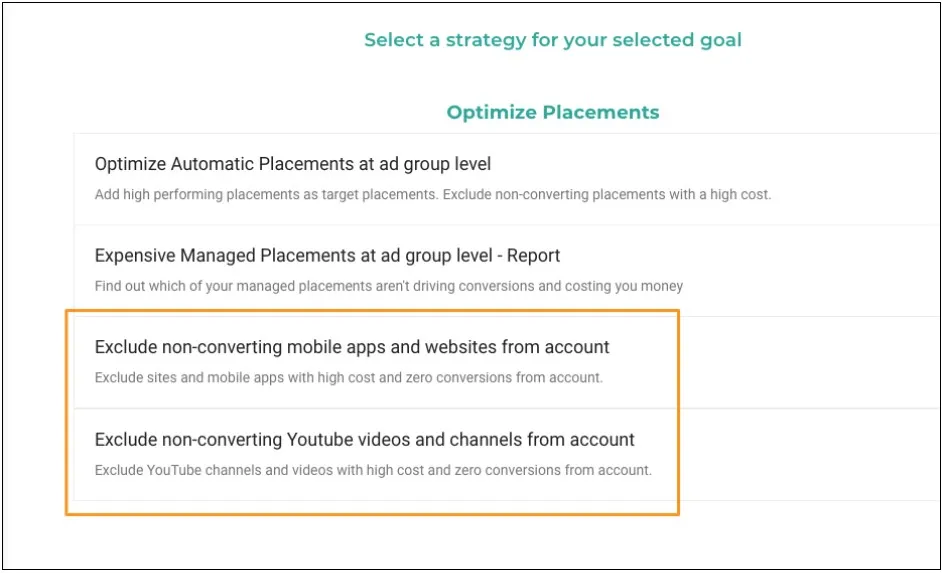
11. Set mobile app exclusions for display campaigns. You can quickly identify all mobile apps that are not converting for you and exclude them from the ad groups in standard display campaigns. You can even customize the Rule Engine strategy based on your requirements. You can create a similar strategy and run it at the account level to exclude mobile apps from all your campaigns; including smart display campaigns.
12. Manage bids for placements in standard display campaigns. If you want to manage bids for your added placements, you can enable custom bid for the placements in an ad group (in Google Ads) and then add placements to the ad group with the required CPC bid using Rule Engine. This will update the bids for the existing placements, only if the campaign runs on the CPC bid.
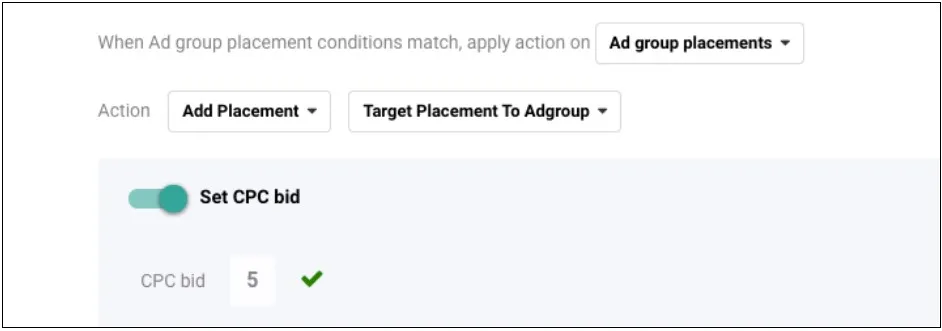
13. Manage bids for display keywords in standard display campaigns. Display campaigns support custom bid for targeting methods, users can choose to support custom bid for one type of targeting method in an ad group. If you choose to allow custom bids for keywords, you can then use Rule Engine to change the bids for your keywords based on the performance data. This is applicable for campaigns running on eCPC and vCPM.
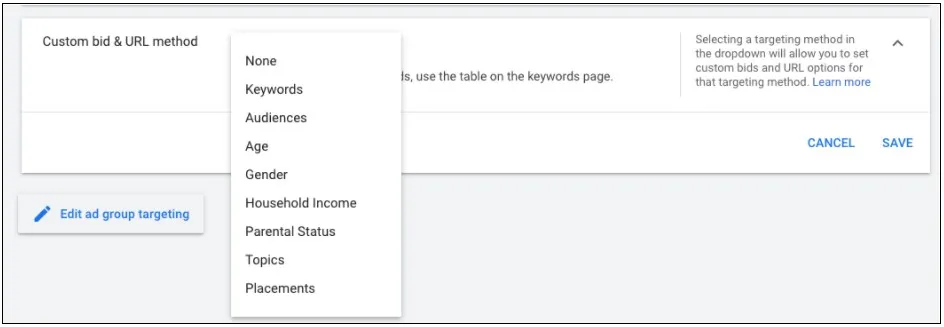
Manage Display Campaigns: A Handy Checklist
Using our PPC project management tool Account Blueprints, you can create and save a plan to help manage display campaigns. You can see a sample approach below, and the Blueprint is available in our account as “Optimize Display Campaigns in Optmyzr”.
Watch a brief walkthrough to build your own Blueprints for display campaign management (or anything else).

